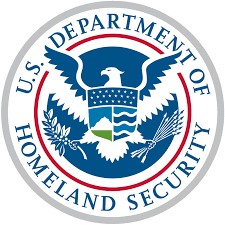Resource Details
Other
Building Resilient Infrastructure and Communities (BRIC)
Building Resilient Infrastructure and Communities (BRIC) will support states, local communities, tribes and territories as they undertake hazard mitigation projects, reducing the risks they face from disasters and natural hazards.
The BRIC program guiding principles are supporting communities through capability- and capacity-building; encouraging and enabling innovation; promoting partnerships; enabling large projects; maintaining flexibility; and providing consistency.
Eligibility
Eligible applicants include states, the District of Columbia, U.S. territories, and federally recognized tribal governments under the Federally Recognized Indian Tribe List Act of 1994.
Each state, territory, federally recognized tribal government and the District of Columbia shall designate one agency to serve as the applicant for BRIC funding. Each agency may submit only one BRIC grant application to FEMA. An application can be made up of an unlimited number of subapplications.
Eligible subapplicants are local governments, including cities, townships, counties, special district governments, state agencies and federally recognized tribal governments.
Related Resources
DHS Assessment of Chemical Exposure Toolkit
U.S. Department of Health and Human Services
Health & Mental Health, Other, Sustainability, Workforce
The ACE Toolkit contains surveys, consent forms, training materials, and databases that can be easily customized for use in an assessment after a chemical incident.




